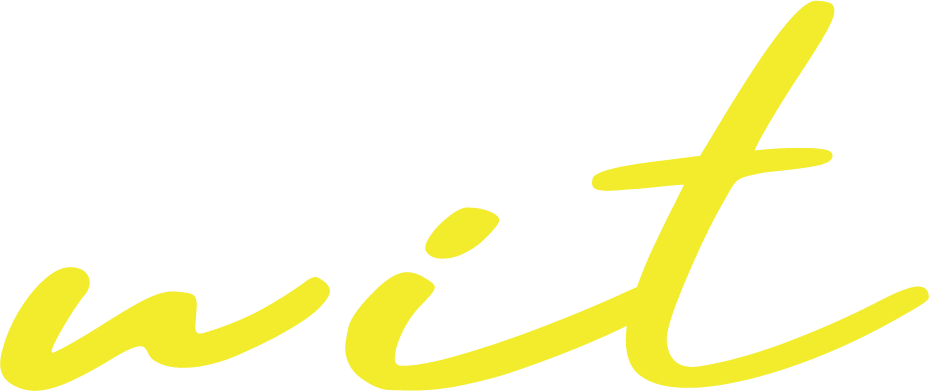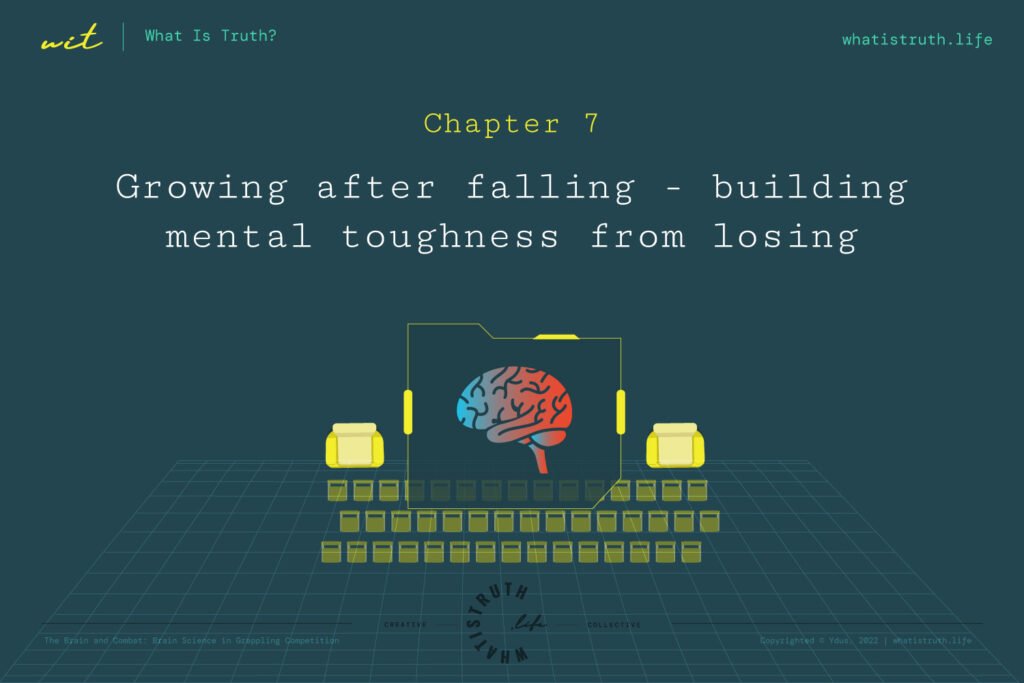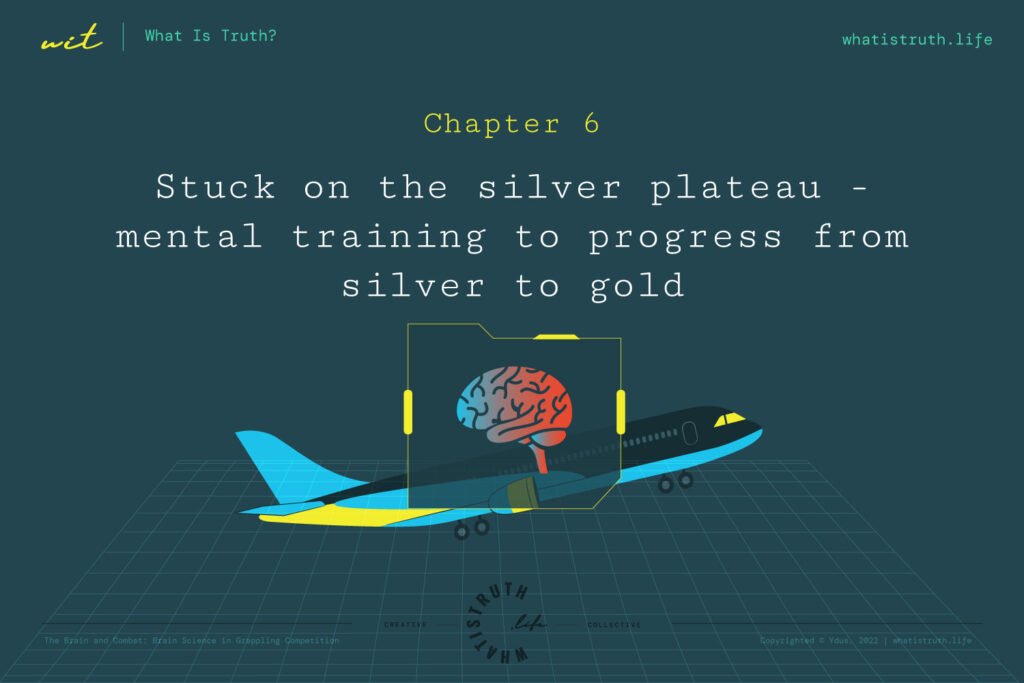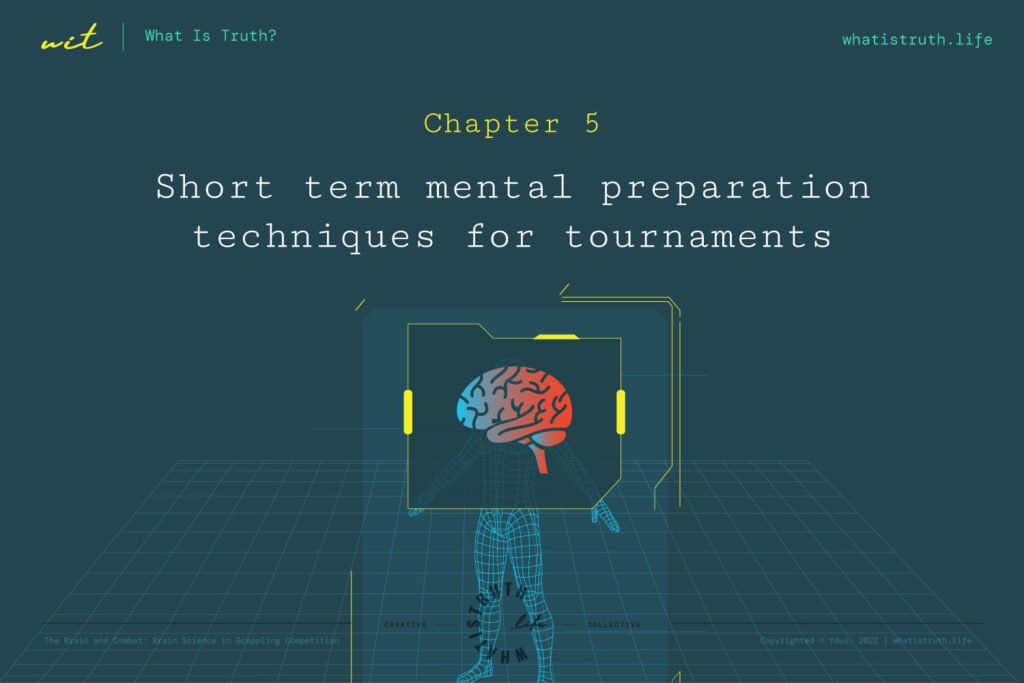In this and the following chapter, we present the most efficient mental preparation techniques known to enhance win rate in tournaments. The previous chapters provided a solid foundation for this discussion by introducing the physiological and psychological changes that cause performance loss.
Long-term mental preparation techniques have a profound impact, touching upon areas like emotion regulation, stress management, cognitive patterns, and a belief system. Although it will take months for most results to emerge from this work, it marks the birth of a professional fighter.
There are many myths around competition preparation, ranging from spiritual approaches to pragmatic ones, from lifestyle advices to meditation. Most of them have a very little impact because the process that defines one’s tournament performance run much deeper than what those methods could possibly reach. As it might be evident after reading through the first three chapters.
The other controversial topic is how much help one can get from sport psychology. The most realistic answer is that it depends on the specialisation of the professional, because the psychological state caused by being punched in the face has little to no similarity to running a marathon. Therefore, advice that is general to recreational sports, solo sports, non-contact sports, etc. cannot be applied to combat preparation.
The following mental preparation techniques are organised according to the Tournament Preparation Model for Grappling Arts® (Ydus, 2022), introduced in Chapter 1.

The four quadrants of the model:
- Mental Condition (75% of preparation effort):
- Recollection and Responsiveness (maintaining fight mode)
- Motivation
- Technical Readiness (principles are introduced parallel to the above quadrants, but the details are expected to provided by your club)
- Physical Condition (support materials can be found in the Further Reading section)
1. Recollection & Responsiveness
Competition success is a balancing act. The most advantageous physiological condition, known as fight mode, is about finding balance between two process with conflicting needs: recollection and responsiveness.
Recollection
On one side of the scale is the recollection of knowledge. How much of our techniques and game plan we can recall under stress, and how accurate is that. If you’ve ever had any exam in your life, you know that what you remember and present under pressure is not necessarily what you studied, in some cases not even similar. Recollection is state-dependent. It is very sensitive to stress, and in the chemically induced physiological state of a competition, remembering the details become particularly challenging. When you’re relaxed, recollection is easier and more accurate.
Responsiveness
The opposite side of the spectrum is responsiveness, which means responding immediately and appropriately to your opponent’s actions. It requires enhanced senses and narrowed focus, which are not available in a relaxed state, nor are they available in an overly stressed state. One needs to be in a slightly stressed condition to have this physiological setup (fight mode), not too stressed to lose the ability to move, and not too relaxed to lose the heightened senses.
The state of the body when in fight mode brings increased responsiveness by optimising mental resources (redirecting them from other brain areas into the sensory regions). It also decreases response time and increases muscle power by optimizing body resources (inhibiting unnecessary body functions). To ensure a good balance between heightened senses and accurate recollection, the goal is to be in a lightly stressed state during a tournament. A lower stress response doesn’t provide you with the fight-ready physical condition, while a higher stress response inhibits necessary body functions.
The balancing act of the fight mode
Your limbic layer stores most of what you can use in a fight, including techniques and transitions, in a form of muscle memory, which is implicit long-term memory. While your thinking function, including game plans, strategies, tips, and anything read in books, is provided by the cognitive layer. As discussed in earlier chapters, that layer quickly becomes unavailable under stress. What you can rely on is your implicit knowledge (called skill). There are two ways to turn knowledge into skill and part of your muscle memory:
- Via repetition, the usual (and ideal) way of building skills
- Via emotional impact, most commonly trauma (lesson burnt)
Muscle memory is affected further down the stress scale and until you reach a medium- or high-stress response, you stay fully equipped technically despite your reduced cognitive capabilities. The main issue during tournaments, which grappling and close combat arts specifically struggle with, is to easily slip into a more severe stress response that blocks your muscle memory as well.
The process of modifying one’s stress response to remain in the fight mode is a multi-layered mental preparation strategy that we will explore below. Accordingly, combat preparation starts months before the actual event and is refined after the event by incorporating the findings.
Next: Early warning system (freeze and flight reaction) regulation




